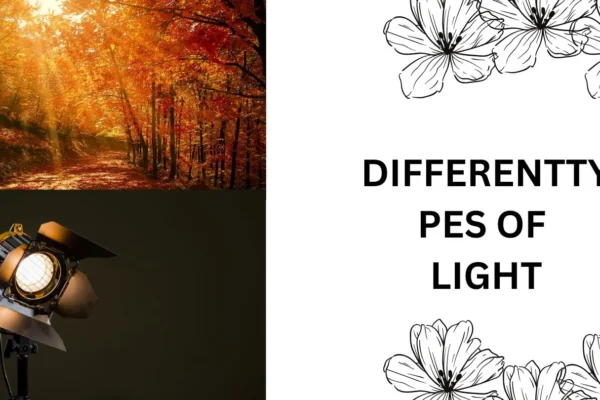There are various types of lenses, each designed for specific purposes and situations. It is quite confusing because there are so many, and even some photographers can’t explain the exact use.
Not all lenses are going to fit on every single camera. For example, if you have a Canon camera, there are specific cannon lenses they make to fit onto the Canon cameras. A Sony lens is not going to fit onto the Canon camera.
Some companies make lenses, and these can fit on multiple cameras. Here are some common types of lens
How Lenses Work
Light passes into the lens in different glass shades called lens elements. These lens elements slightly bend or reflect the light, so it lands on a focal point on an image sensor, this is where a picture is created.
Every lens is distinguished by its focal length expressed in millimeters(mm),
17mm lens =wide, 200mm lens = narrow
Some have extremely short focal lengths such as a 4mm lens, or fisheye lens, or extremely long focal lengths, such as a 120 mm telephoto lens. Focal length is simply the distance between the optical center of the lens and the image sensor.
A longer focal length, such as 100 mm, the more narrow your angle of view. or the shorter your focal length, such as 24 mm, the wider your image angle of view.
Types of lens
Camera lenses are crucial components in photography and videography. It allows photographers and videographers to capture images with verifying perspectives. There are many types of camera lenses such as:
Prime lens
A prime lens has a fixed focal length, For example, 50mm. It offers higher image quality and wider aperture.
Compared with a Zoom Lens Prime lengths have fewer elements, and a prime lens gives sharper images.
Zoom lens
A zoom lens has a variable focal length, It allows you to zoom in and zoom out. This lens is flexible for a wide range of situations, such as travel and events, for example, 24-70mm, f2.8
A zoom lens has a small aperture, so cinematographers can shoot wide, medium, and close shots without changing their lens.
wide-angle lens
A wide-angle lens has a shorter focal length, typically below 35mm. It is great for capturing wide shots.
They capture a broader field of view, They are great for landscape photography.
Standard lens
It is also called a normal lens, It has a focal length of around 35mm to 50 mm.
It is similar to how the human eyes see the world. They are versatile and suitable for everyday photography, They are great for street photography and documentary.
Telephoto lens
It has a focal length of around 70 mm and up. It is often referred to as a long lens. They are typically used for capturing long-distance subjects, It also comprises the space.
A Telephoto lens can also produce a shorter depth of field, which is great for isolating a character in a crowd, a telephoto lens has a longer focal length usually above 70mm. They bring distant subject closure and they are suitable for wildlife sports and portrait photography.
Macro lens
A macro lens has a focal length of around 15 mm. It captures the extreme closure shorts with the sharpest details. They are perfect for close-up shots.
They are designed for closer Photography, And they capture the small subject with high details. They have a 1:1 reproduction ratio.
For example, Photography of small insects.
Tilt-shift lens
Attilta shifter lens manipulates the image it tilted left, right, or up and down. It is used to create a miniature effect.
Fish eye lens
A fisheye lens produces extreme wide-angle views with significant distortion. They are known for their unique disordered perspective and are often used for artistic and creative purposes.
It is an ultra-wide-angle lens, Which is designed for shooting wide angles generally 180 degrees.
Conclusion
In summary, we understand camera lenses are crucial for photography Lenses come in different shapes in sizes, and each with unique purposes. Whether you are capturing why with a wide-angle lens and taking close-up shots with a macro lens or zooming in on a distant object with a telephoto the right lens can make all the difference.
So pick the lens that best suits your needs, and you will be able to make stunning foods and capture your visions. I also wrote an article on types of cameras, for information stay connected with me.
